Testimony of the Day
“I just had a baby 8 weeks ago and followed Maria’s WOE the whole time. I occasionally went up to 60g carbs a day because I LOVE fruit and like to have it fresh and in season. I had the best, easiest pregnancy I ever had! I had very minimal morning sickness and less fatigue than with the others. I had no swelling and my blood pressure was perfect. I never experienced that extreme discomfort that so many women complain of. I 100% attribute a great pregnancy to Maria’s WOE. I gave birth naturally to a very healthy 7lb 5oz baby boy. I’m actually sad he’s the last one because my pregnancy was so wonderful.” -Sue
Click HERE to get started on your keto-adapted diet.
KETO DURING PREGNANCY
I get a ton of emails a few months after these consults telling me that they are ecstatic and are now pregnant but are wondering on what to eat now. As if this diet of REAL food would be harmful to a fetus. There are many reasons why to not add in certain foods like gluten and dairy. Many times when cravings get the best of pregnant clients and they consume these foods, the auto-immune response results in a miscarriage. But even if the clients are committed about staying away from gluten and dairy, they often worry that too low of carbs is bad for the fetus. You will never find evidence of this, but you will read it all over the web. The information that clients read have a few flaws:
1. A huge mistake is when people and doctors compare benign dietary ketosis to diabetic ketoacidosis. You can produce ketones in a starvation state. So instead of using a well-formulated low carb diet, they starved pregnant rats to get them into ketosis. The flaw in that evidence should be obvious.
2. The last form of this “evidence” is when they sliced up the brains of rat fetuses and saturated them in ketones. What happened was that the brain cells lived but it stopped producing new brain cells. This is thought to be evidence that ketosis causes retardation.
Now let’s dive into the facts. The lean human body is 74% fat and 26% protein by calories. Fats are a structural part of every human cell and the preferred fuel source of the mitochondria, the energy-burning units of each cell. A fetus naturally uses ketones before and immediately after birth. Many studies done on pregnant pigs that are placed on ketogenic diets have fetuses with “increased fetal brain weight, cell size and protein content. In the early stages of pregnancy there is an upsurge in body fat accumulation, which is connected to hyperphagia and increased lipogenesis.
In the later stages of pregnancy there is an accelerated breakdown of fat depots, which plays an important role in fetal development. The fetus uses transported placental fatty acids as well as two other products: glycerol and ketone bodies. Even though glycerol crosses the placenta in slight proportions, it is a superior substrate for “maternal gluconeogenesis” (remember earlier, I discuss regular gluconeogenesis where we make glucose from protein when needed which is the preferred way of making glucose), and maternal glucose is the main substrate crossing the placenta. Heightened ketogenesis in fasting conditions or with the addition of MCT oils, create an easy transference of ketones to the fetus which allows maternal ketone bodies to reach the fetus, where the ketones can be used as fuels for oxidative metabolism as well as lipogenic substrates.
During pregnancy, women become even more sensitive to carbohydrates due to an evolutionary adaption in which they become slightly insulin resistant to allow a positive flow of nutrients to the developing fetus through the placenta. If the mom was more insulin sensitive than the fetus we could end up in a nutrient shortage situation. Biology fixes this problem by making mom a little insulin resistant, effectively “pushing” nutrients to the fetus. This rationalizes just how important feeding you and your fetus a nutrient dense ketogenic diet is.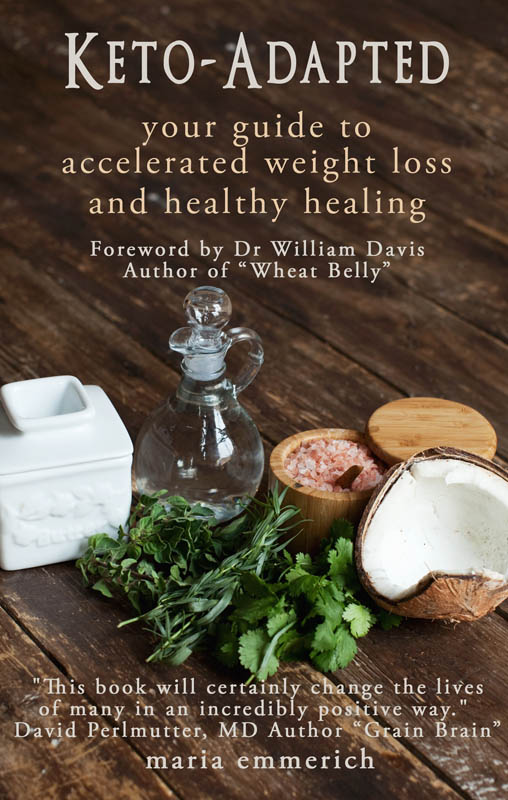
Breast-milk is naturally very high in fat as compared to baby formula which is high in carbohydrates and sugar; causing babies to be addicted to sugar early in life. If a newborn is breastfed, it spends a lot of time in ketosis, and therefore keto-adapted. Keto-adapted babies can efficiently turn ketone bodies into acetyl-coA and into myelin. Ketosis helps babies develop and build their brains. I love it when my clients continue to consume those “fat bombs” they ate to get pregnant because the coconut oil helps with the baby because coconut oil has anti-bacterial, anti-viral and anti-fungal properties which keep the mother and baby healthy. The extra coconut oil also helps with lactation, but more importantly the coconut oil increases lauric acid in the breast milk. Lauric acid is a rare medium-chain fatty acid found in human breast milk that supports healthy metabolism. Read more about this in my new book Keto-Adapted.
Click HERE to get a limited edition of the Hard Cover.
Click HERE to get a soft cover.
Thank you all for your love and support!
Dietary trans fats from hydrogenated vegetable oil find their way across the placenta and into the growing fetus. Mothers who consume trans fats are more likley to suffer pre-eclampsia.
The damage continues after birth, as trans fats in the mother’s diet also contaminate the milk. These trans fats in human milk displace ‘essential omega 3 fatty acids’ that helps the baby’s brain and nervous system grow and develop. It is also known that dietary trans fats inhibit assimilation of essential fatty acids, so the children of mothers who eat a trans fat-filled diet suffer a nutritional “double double whammy”.
1. Trans fats interferes with the activity of a cell receptor involved in inflammation, glucose metabolism and insulin sensitivity. This, in turn, leads to infertility due to the condition known as polycystic ovary syndrome.
2. Eating trans-fats have been proven to increase endometriosis.
3. There is an increased risk of pre-eclampsia.
4. The growing fetus takes up trans fat into its tissues. Changing the baby’s cells into “partially hydrogenated” at a very early age.
5. Breast milk has less essential fatty acids the baby needs to develop a healthy brain. Omega-3s affect parts of the brain relating to learning ability, mood, and perception, specifically the development of the eye and visual system.
6. The trans fats inhibit the baby’s absorption of the already depleted essential fatty acids in its mother’s milk.
It has been found that, if a person stops eating trans fats altogether on a given date, it will take anywhere from 9 months to 2 years for the trans fat in their bodies to be cleared through by the natural turnover of fat in body tissue. Because of this, I advise women to try and avoid dietary trans fat for two years before becoming pregnant, not only to avoid passing trans fat to the baby in milk, but also to prevent trans fat being directly passed to the fetus.
“American mothers produce milk that often has only one-fifth to one-tenth of the omega-3 content of the milk that well-nourished, nut-eating Nigerian mothers provide their infants.”
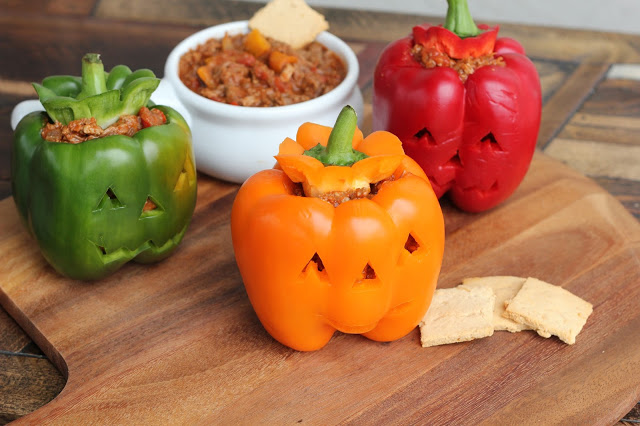 |
| Serve with “healthified” chili, recipe found in The Art of Eating Healthy Savory |
“HEALTHIFIED” CRACKERS
1/3 cup almond flour
1/3 cup unflavored whey protein (or egg white protein powder)
1/3 cup Parmesan cheese
1-2 TBS water (just enough to hold the dough together)
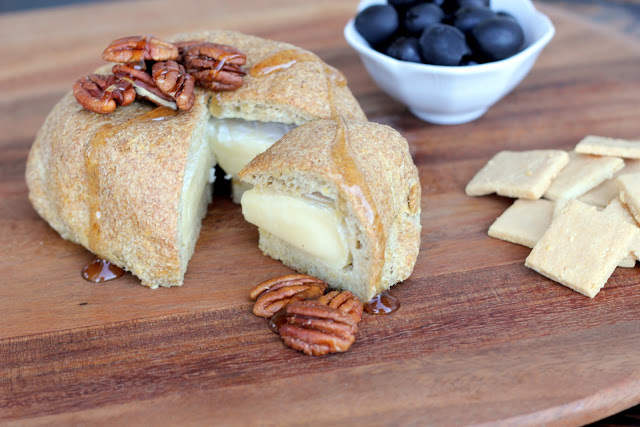 |
| Served with grain free Baked Brie! |
Preheat oven to 350 degrees F. Sift all the dry ingredients together. Slowly add in water, 1 TBS at a time until dough can hold a ball shape. Grease 2 pieces of parchment paper. Place 8 TBS dough onto greased parchment, top with the second piece of parchment (greased side down). Roll the dough using a rolling pin on top of the parchment. Roll until 1/16th in thick square. Remove the top piece of parchment. Place the bottom parchment (with the rolled out dough) onto a cookie sheet, repeat with remaining dough. Score the dough with a pizza cutter into 2 X 2 inch squares. Place cookie sheet in oven and bake 6 minutes, remove from oven and score the crackers with the pizza cutter again. Bake for another 10-15 minutes or until golden brown. Remove from oven to completely cool. Makes 4 servings.
NUTRITIONAL COMPARISON (per 1 serving)
Saltine crackers = 125 calories, 20 carbs, trace fiber
“Healthified” Crackers = 104 calories, 2 carbs, 1g fiber
So if you are feeling queasy and need something to ease the nausea, try these crackers with my “Healthified” Chicken “Noodle” Soup! Recipe for the soup can be found in my cookbook: NUTRITIOUS and DELICIOUS. Happy Eating!



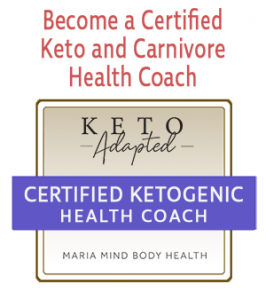

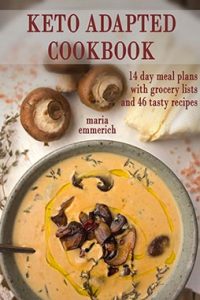
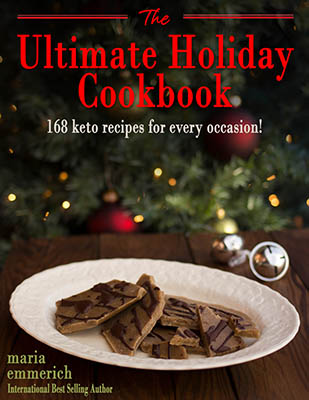
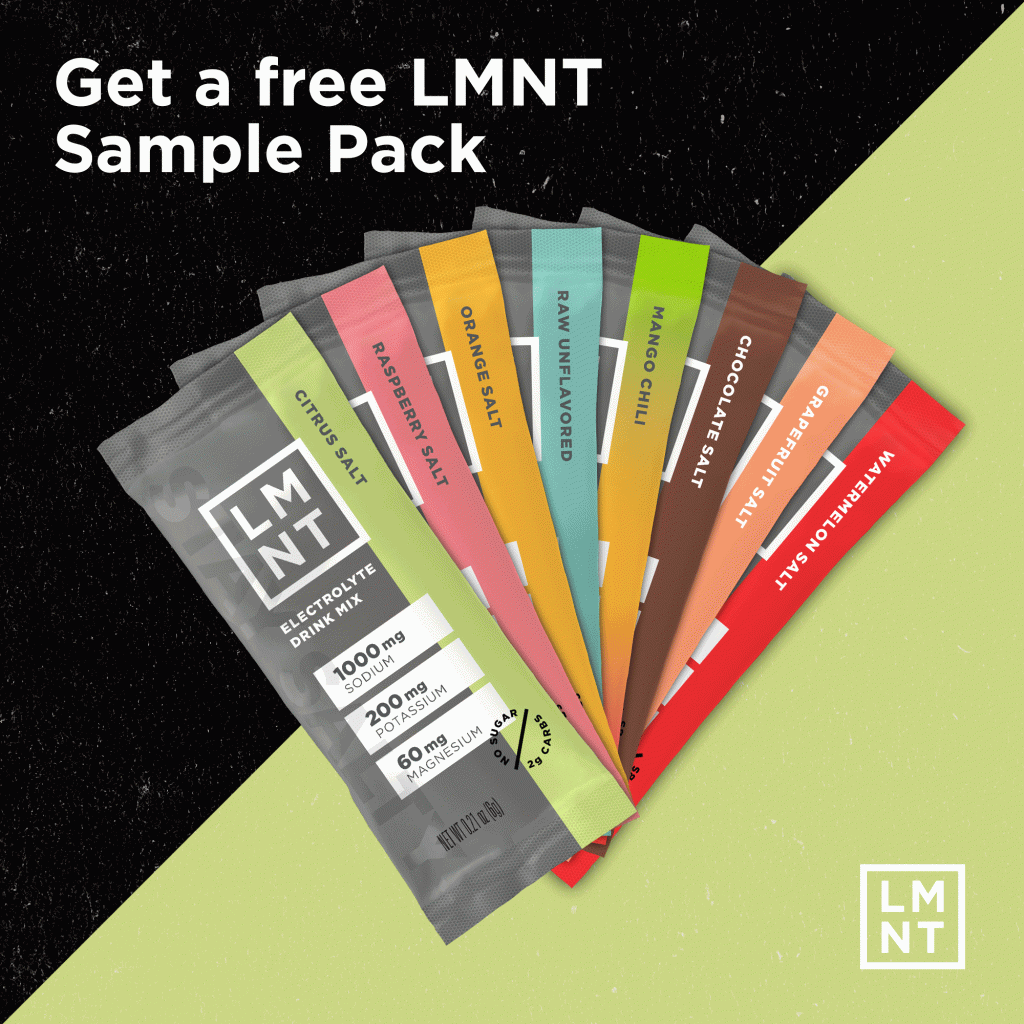
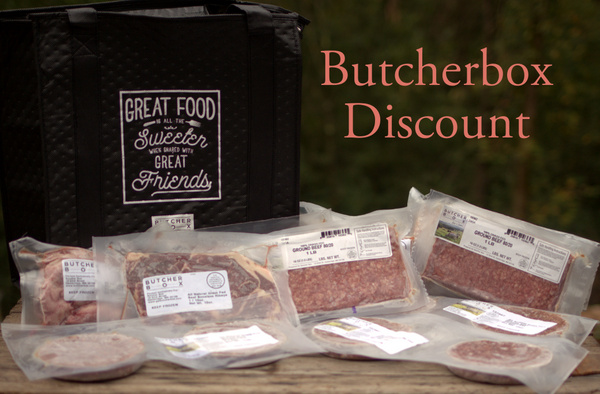

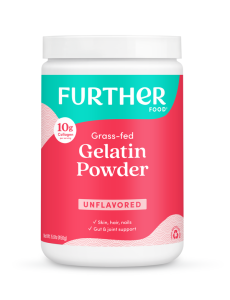



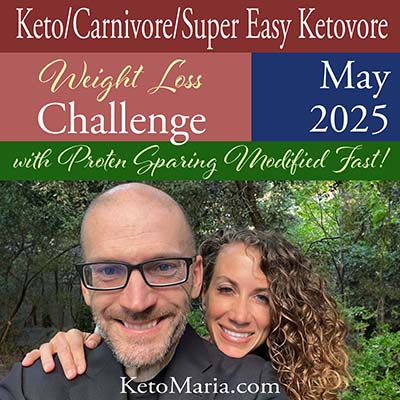
If you had vanilla whey and put in some cinnamon, would that work for a twist of added flavor?
That is a great idea!!!
Is there anything I could substitute for the cheese? I’m trying to avoid dairy.
I like the idea above but vanilla whey and cinnamon with parmesan cheese might taste funky! ?? What could be substituted?
Yes, my cookie recipes are just almond flour and whey so you could just omit the Parmesan an it will work! Try the vanilla whey for a sweet cracker.
Great! 🙂 thank you!
Oh wow! Yum 🙂 I just made a batch of protein crackers with vanillawhey (don’t have any plain) and parmesan…actually really tasty! And now I have a batch made with only almond meal and chocolate whey in the oven! 🙂 I am loving your recipes, Maria! Thank you so much!
The cracker recipe looks yummy! Is it also in one of your books?
Thank you! I have lots of different cracker recipes in both of my cookbooks. Enjoy!
my dough turned into a sticky mess and just stuck to the parchment paper. Had no more almond flour to add to it to make it less sticky so I had to add a bit white flour so i wouldn’t have to toss the dough. They’re in the oven now and smell yummy.
Quick question. you mentioned in your flour substitutes link that blanched flour is the best but you then mention that you make your own using unblanched almonds. Will the recipes on here be fine using unblanched homemade almond flour. I ask because I’m just starting to bake with almond flour (these crackers are my first attempt.) If I plan to regularly use it I’ll be making my own to save money.
It sounds like you added too much water. The dough should be very stiff not sticky. If that happens just add more cheese or almond flour.
And yes, you can use your own almond flour.
Happy baking!
thank you for the quick response! They just came out and they are delicious!! I just came across your blog a week ago and it couldn’t have come at a better time. Its motivating me to be more active in getting away from processed foods. I look forward to reading more of your stuff and trying more recipes!
Hi, I know this is an old post, but I just stumbled upon your blog and I love it. I would like to know if you can omit the protein and replace with almond flour? I am afraid to use it. I made the protein waffles and I did not like the texture or taste.
Thanks!
You could give it a try. I use it to hold them together and make them crispy. Maybe try a little egg yolk instead? Let me know how it works. 🙂
I know this is an old post – but THANK YOU!!! I’ve been sooooo nauseous lately and knew I couldn’t resign to eating boxes of saltines, but nothing else would stay down . .
Can’t wait to try!
As someone staying away from dairy, what do you recommend to replace the cheese and the whey? I would love to have a cracker now and then, but don’t want to resort to the Nut Crackers at the store (which always contain rice flour!)
thanks and I love your blog…keep up the good work!
You could try egg white protein powder. For the cheese you could just omit it or try some spices, etc. 🙂
http://astore.amazon.com/marisnutran05-20?_encoding=UTF8&node=56
Hi Maria
I just made the cheddar crackers but they are so greasy:( they came out as one bloop of melted cheese.Any suggestions?
Hi, Hmm. Never heard that before. What brand of almond flour and protein powder did you use?
Hi Maria…can you make these with coconut flour? We have nut allergies here.
Yes, but it isn’t a one to one conversion. Start with 1/4 the amount of coconut flour and twice the liquid. Then adjust the batter from there. 😉
Maria, what protein powder do you use? I am so worried about buy one that is doing more harm than good.
Thanks so much!!!
I love Jay Robb. 🙂
http://astore.amazon.com/marisnutran05-20?_encoding=UTF8&node=56
Hi Maria, I have a question about dairy. I just noticed that cream and butter have a trace amount of trans fat? Why? I thought it was just margarine and processed oils. Is this something to worry about? Seems like there’s no way to get away from it. 🙁 Even the organic creamer from Organic Meadow here in Canada has that trace amount .01
There are naturally occurring trans fats that are nothing like the man made kind. They are not to be feared like the artificial kinds. 🙂
Whew! Good to know. Thanks so much. We are listening to your Sectets book in the car now. Just got it on Audible last night. Great stuff! Wish I’d known all this years ago. I’m sure gluten gave me my rheumatoid arthritis at the ripe old age of 44 🙁
Thanks! 🙂
First attempt at these crackers and first time working with ‘whey’. Crackers are in the oven as I type, BUT, dough was probably stickier than it should have been. I didn’t use more than 2 TBSP of water in total, but I’m thinking perhaps I should not have used fresh grated parmesan, but rather the fine dry kind? I never use that stuff, always just fresh to grate as I need. Hmmmm, we shall see. Also, I found this really didn’t make very much and ended up rolling the whole batch of dough at once. Could it matter? Food for thought? 🙂
It is a bit of a feel. You can add a little more water next time so they are not as dry. 🙂
I’d love to use these crackers as the base for scalloped oyster casserole but I’m afraid they won’t soak up the cream/milk liquids like the saltines do. Do you think I should add some coconut flour or psyllium powder? Also, how many crackers does your recipe make, 16? I’ll need a lot of “healthified saltines” for this 🙂
It is worth a try. Let me know if you do. 🙂
I’m in love with those “jack-o-peppers” as my 11 year old just called them!
Cute! Thanks!
It’s hard to figure out your recipe quantities. “Makes 4 servings” doesn’t tell me how many 2×2 crackers make up a serving until I’ve actually made the recipe, counted the crackers, and divided by four. I’m counting carbs with a vengeance, and before I go to the effort of making something, I’d like to know if my resulting serving will be [for instance] 4 crackers 🙁
It’s the same with other recipes…it would really help if you could give a sense of what the serving size equals (1/2 cup, 1 cup, etc.). I’m sometimes left with a stew ,or other non-cut food, and wonder “Ok, how do I calculate serving sizes, here?”
I would love to be able to do that! You can use Myfitnesspal. There are a bunch of my recipes in there already.
http://www.myfitnesspal.com/nutrition-facts-calories/maria-emmerich
Then you can track and adjust the ratios of fat/protein/carbs like this:
http://cavemanketo.com/configuring-mfp/